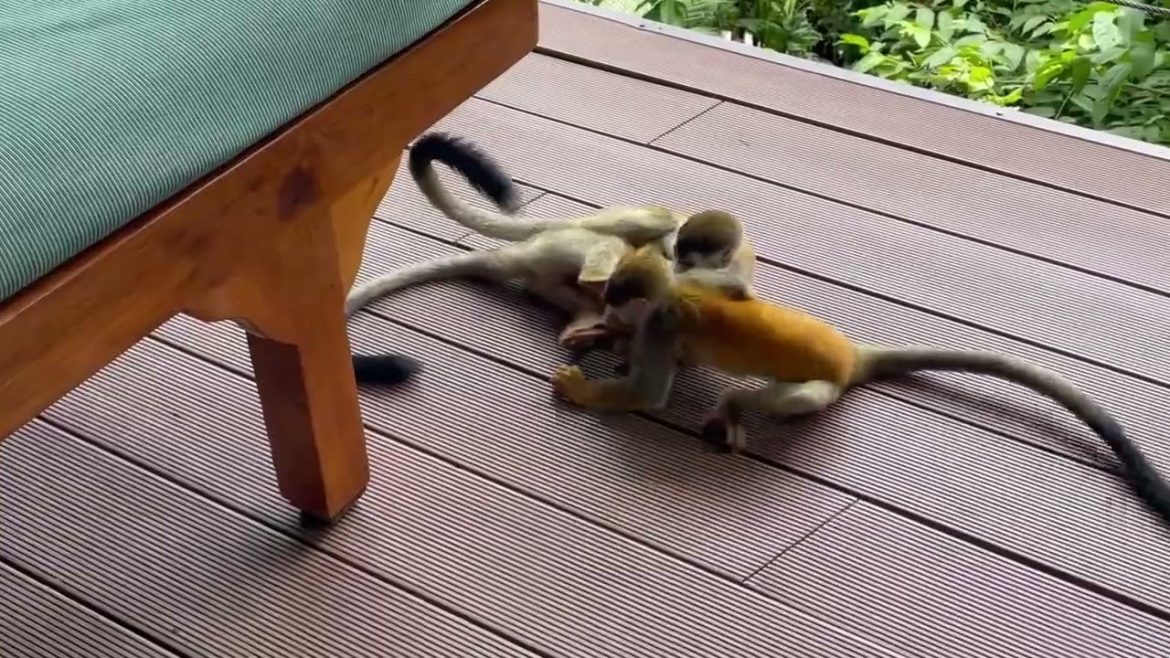In Costa Rica, spotting a raccoon rummaging through garbage, a snake lounging in a garden, a puma strolling down a city street, or a sloth “smiling” at passing cars isn’t just a possibility—it’s becoming a regular occurrence. As urban areas expand, encroaching more into the natural habitats of these creatures, the line between city life and wild life becomes increasingly blurred. This closeness can sometimes lead to conflicts, making wildlife encounters a pressing issue for many Costa Ricans.
The Urban Expansion and Its Wild Consequences
Over the years, the expansion of urban development in Costa Rica has significantly encroached upon the areas that were once exclusive to wildlife. This urbanization includes the construction of homes, commercial establishments, and other infrastructures that stand on what used to be forests and fields, home to diverse wildlife. According to Shirley Ramírez, a wildlife biologist with the National Commission for Biodiversity Management at the Ministry of Environment and Energy (MINAE), the increasing proximity of humans and animals has led to growing interactions, not all of which are pleasant or safe.
Daily Challenges of Urban Wildlife
The National System of Conservation Areas (SINAC) reports receiving an average of five calls per day concerning wildlife issues. These interactions vary greatly, but they share a common theme: animals are either adapting to or retreating from their rapidly changing environment. In the city, for instance, raccoons are known to seek out human food sources, capitalizing on poorly managed waste or pet food left outdoors. Similarly, other animals, driven by the shrinking of their natural habitats, find themselves drawn to urban areas in search of food and shelter.
The Wildlife of Costa Rica’s Urban Areas
Costa Rica is recognized as one of the world’s 25 mega-diverse countries, harboring an immense variety of life that increasingly finds itself overlapping with human territories. In urban settings, animals such as hairless foxes, raccoons, squirrels, and pigeons are commonly sighted. More surprisingly, even pumas have been spotted in areas like Tibás and Santa Ana, while monkeys and tapirs make appearances in places like Ciudad Colón and San Isidro de Heredia.
Coexisting with Our Wild Neighbors
Ramírez emphasizes the importance of coexisting with these wild residents. She advises against harming the animals, as they are not out to harm humans but simply trying to survive. Costa Rica’s Law 7317, the Wildlife Conservation Law, strictly penalizes the capture, injury, or killing of wildlife, with sanctions including hefty fines and imprisonment.
Why Do Animals Come to Urban Areas?
Animals are drawn to urban areas for reasons including easy access to food, water, and shelter. The degradation of their natural environments by human activity forces them to make do with what is available, which often leads them into close contact with humans. For instance, raccoons may be fed by well-meaning residents or might come to depend on pet food and garbage for sustenance.
What to Do When Wildlife Comes Calling?
The encounter with wildlife in urban settings can be startling, yet it’s crucial to handle these situations calmly. Ramírez suggests maintaining distance and giving the animal space to retreat. If an animal enters a home, the best approach is to gently guide it out by opening doors and windows, thereby providing an escape route.
The increasing interactions between humans and wildlife in Costa Rica are a direct consequence of urban expansion into natural habitats. By understanding the needs and behaviors of wildlife, residents can better prepare themselves to deal with unexpected animal visitors. It’s not about removing these creatures from our cities but rather adjusting our practices to accommodate the shared space we inhabit. Ultimately, learning to coexist with wildlife is not only beneficial for the animals but enriches our own lives, adding a touch of wild wonder to the urban landscape.

